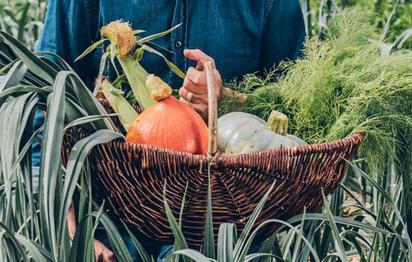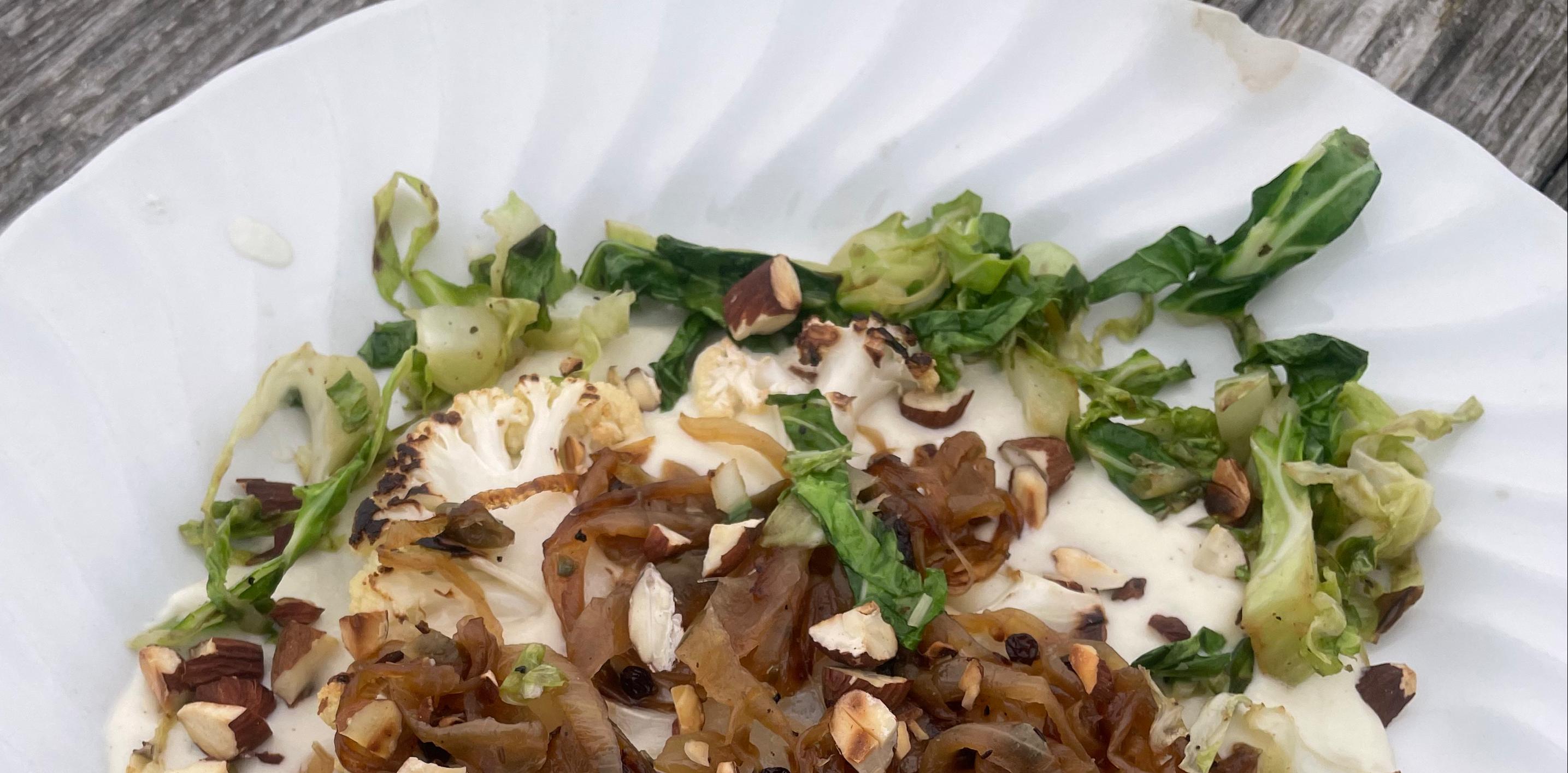
Grow your own cauliflower
Tips from the River Cottage gardening TeamIn the River Cottage kitchen and market gardens, we grow several cauliflower varieties right through the year. If you’re keen to get sowing now (June) for autumn harvesting, the variety to seek is Autumn Glory. If you can wait a little longer, we’ve found it best to plant in autumn, so it's ready to harvest in spring when most of the garden is still asleep. Alpha is our favourite autumn sowing variety. We also love the more unusual specimens such as Purple Cape, a deep amethyst-hued globe, as well as the glamorous Romanesco, the cauli that looks as if it was designed by Vivienne Westwood, with its sculptural, swirling, lime-green whorls.
Seeds
These are some of our favourite organic seed suppliers. The Seed Co-Operative is particularly interesting being a UK-based, community-owned seed company focused on open pollinated seeds which means you can save the seeds for future harvests. Open pollinated seeds also allow plants to slowly adapt to local growing conditions and climate year-to-year.
Sow
The best results come from sowing in cell trays using any good multi-purpose potting compost. As cauliflowers mature in a rush, avoid raising too many plants at a time.
Grow
Cauliflowers thrive in very fertile soil. Digging in a bucketful of well-rotted manure or organic matter before planting and raking in a potassium-rich feed to support growth. Firm the soil by treading before planting.
Water plants well the day before transplanting and make a hole deep enough to hold the plant with the lowest leaves at ground level. Fill this hole repeatedly with water. This will fill the hole with soil and ensure the plant is sitting in a large area of moist soil. Firm the soil very well against the roots.
Space summer and autumn cropping types 60cm apart and winter cultivars around 75cm apart.
Water well in dry weather, watering every 10 days, and apply sufficient water to thoroughly wet the root zone. Once the plants are growing well, add 30g per square metre of high nitrogen feed to boost growth and curd formation.
Harvest
You can harvest cauliflowers throughout the year, depending on when you sow. They generally take three to five months from sowing to maturity, but growth rates vary according to the variety and weather conditions.
Different varieties mature at different sizes, so check the seed packet and harvest at the recommended size.
The head should be firm and compact – once it starts to separate, it's past its best and will taste bitter. White varieties should be harvested before they turn yellow.
Cut the stem with a knife, taking the head and a few of the leaves beneath it.
Follow Adam Crofts on Instagram for more insight from the River Cottage garden @adamgrowsveg
Learn more and expand your growing skills

Nurture a passion for growing your own with River Cottage’s Head Gardener Adam Crofts.
At River Cottage we believe growing your own veg has the power to change your life. In these times of intensive farming, reliance on harmful pesticides and the detrimental effect it has on our environment, we now more than ever need to be more reliant on locally grown and sustainable food systems.
From propagation and tools, to considering what varieties to grow and how to nurture them, this is the perfect course for both the curious and committed. You will be taught a comprehensive range of skills and techniques focusing on organic vegetable growing.

Treated right, cauliflower is a feast for the senses. This recipe doesn’t waste a scrap and shows off cauliflower’s generous nature. It’s a vegetable where every part is edible and delicious, offering an exciting array of textures and tastes.
View recipe